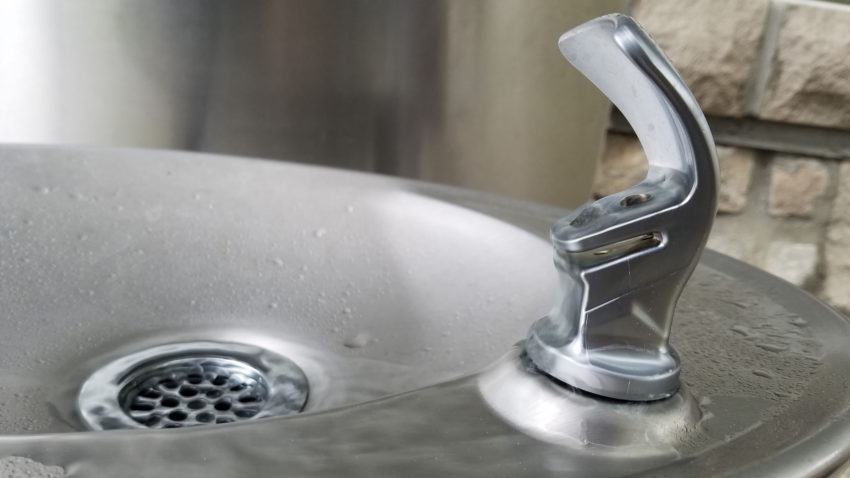Several drinking fountains and faucets remain shutdown at two Whitman County elementary schools months after voluntary water system testing found elevated levels of lead in classroom fixtures. A third elementary school replaced all its water fixtures and passed subsequent tests.
The state Department of Health measured elevated lead content in some — but not most — water fixtures tested last spring at Garfield Elementary and Middle School, Steptoe Elementary, and Leonard M. Jennings Elementary School in Colfax. School officials closed failing fixtures immediately.
“The community needs to know that we put the safety of the students as a number one priority,” Steptoe principal Eric Patton wrote in an email.
The Department of Health recommends decommissioning or permanently replacing water fixtures with lead content at 20 parts per billion or more. Fixtures with lead content readings of between 10 to 19 ppb should be replaced or flushed extensively before use.
Results for Garfield Elementary and Middle School on March 9 found 10 of 32 fixtures had lead content above 20 ppb. The highest reading was 59 ppb.
Results for Steptoe Elementary on March 6 found one “bubbler” above the threshold (32 ppb) with a second tap reading just below at 19 ppb out of eight fixtures tested.
Results for Leonard M. Jennings Elementary on Feb. 21 found 10 of 63 fixtures had lead content above 20 ppb. The highest reading was 57 ppb.
Colfax School Superintendent Jerry Pugh said the district replaced all of the elementary schools fixtures within about three weeks at a cost of about $6,000. The state later reimbursed the district about $2,000 to cover the failing faucets.
“Every room got a new hand-washing faucet,” Pugh said, adding, “If there had been any issues, we would have shut it all down again.”
The Colfax school underwent two follow-up tests with all fixtures passing in the most recent May 22 assessment.
Pugh noted the district also plans to replace all its fountains and fixtures at the high school during an upcoming renovation.
Craig Cochran, maintenance supervisor with Garfield School District, said the school had installed filtered drinking stations in hallways and common areas shortly before the testing. The failing fixtures were separate in-class fountains, which all remain offline.
He noted that a handful of affected science-area faucets get flushed for “10 or 15 minutes” each day before any use. He said he was not aware of any longterm plan to replace or remove the old fixtures.
Patton with Steptoe Elementary said its two fixtures remain turned off “while we look to remedy the situation.”
Pullman School District
Joe Thornton, director of operations at Pullman School District, said state health officials similarly tested water fixtures throughout its five buildings earlier this month. Test results for the three elementary schools, middle school and high school should be back within about six weeks.
“It’s something that would be really expensive to do ourselves,” he said, “so we’re taking advantage of the Department of Health doing that for us.”
Thornton noted the district applied for water testing last year, but the state prioritized older structures.
The Department of Health plans to continue testing schools statewide through June 2019, or until funding runs out. Read more about the health effects of lead here.
